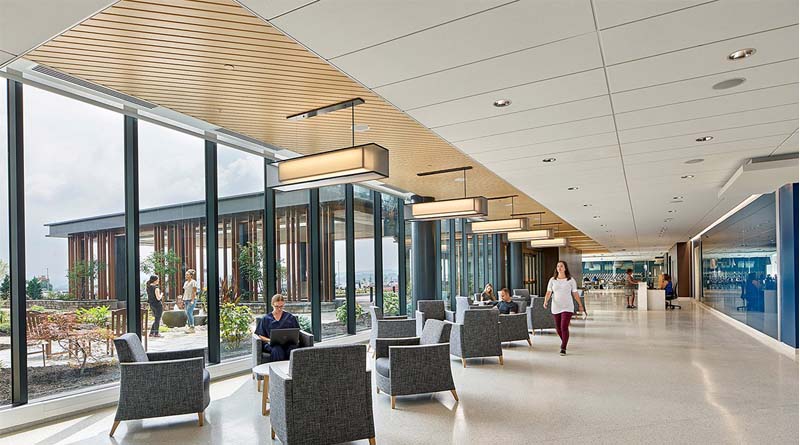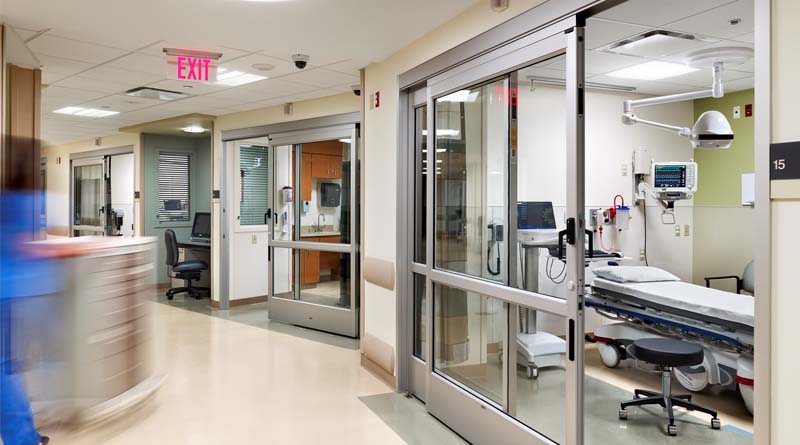
Anticipating the Pandemic’s Long-Term Effect on Healthcare Design
As we enter year two of the global pandemic, there have been transformations in healthcare delivery.

As we enter year two of the global pandemic, there have been transformations in healthcare delivery.

Facing overburdened capacity at many of the nation’s healthcare facilities is not a new experience, healthcare leaders are driven to expand facilities to accommodate population increases—while lacking the funds to do so even before COVID-19 existed.

The coronavirus entered the U.S. in January 2020, and by March, the virus virtually shut down the entire country.
Nearly 7,000 square feet of underutilized space at the Martha’s Vineyard Hospital have been renovated and repurposed during the coronavirus pandemic, the medical center recently announced.
Architecture, engineering, and design firm Cushing Terrell has developed what it calls a negative air pressure ventilation system designed to help prevent the spread of coronavirus infection between patients and healthcare workers.
Healthcare construction company Hoar Construction, which is based in Atlanta but also has offices in the capital region, has been providing free meals to hospital workers in the Washington, D.C., area, according to Tysons Reporter.

As hospitals in the greater New York City area, which has been the epicenter of the United States’ epidemic of the novel coronavirus, have been operating at or above capacity for many weeks, officials in Albany have been scrambling to increase the Empire State’s available number of hospital beds for the treatment of patients suffering from COVID-19 as the pandemic continues.

I spend much of my life thinking about hospital design.
A study from the insurance company comparison website QuoteWizard of America’s hospital preparedness has uncovered a troubling statistic about the Golden State.

What can we learn from Singapore’s response to COVID-19? How does it impact the next generation of hospitals?